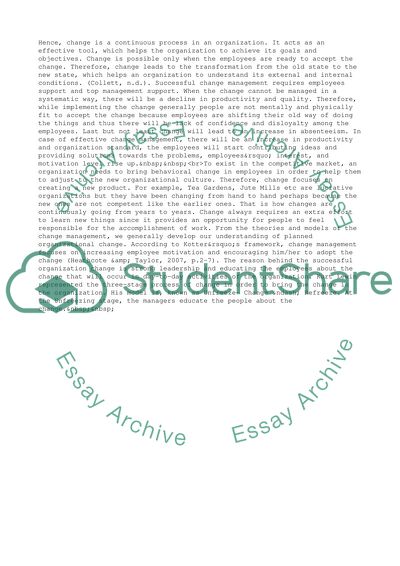Cite this document
(“Analysis of Leadership and Management Research Paper”, n.d.)
Analysis of Leadership and Management Research Paper. Retrieved from https://studentshare.org/management/1448654-leadership-and-management
Analysis of Leadership and Management Research Paper. Retrieved from https://studentshare.org/management/1448654-leadership-and-management
(Analysis of Leadership and Management Research Paper)
Analysis of Leadership and Management Research Paper. https://studentshare.org/management/1448654-leadership-and-management.
Analysis of Leadership and Management Research Paper. https://studentshare.org/management/1448654-leadership-and-management.
“Analysis of Leadership and Management Research Paper”, n.d. https://studentshare.org/management/1448654-leadership-and-management.


